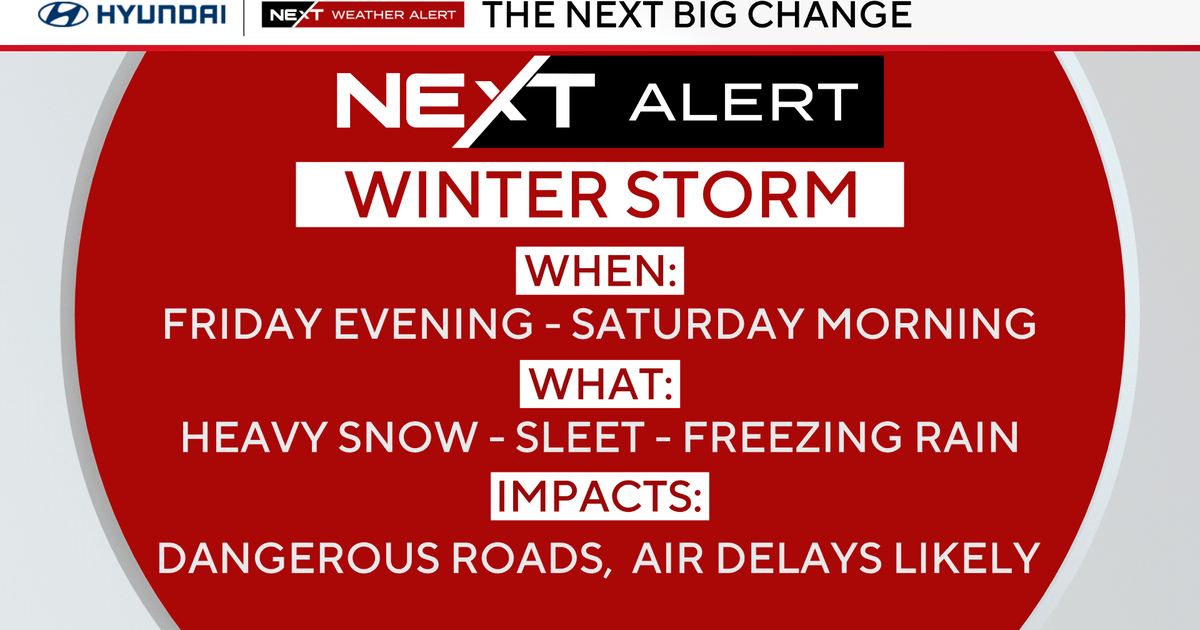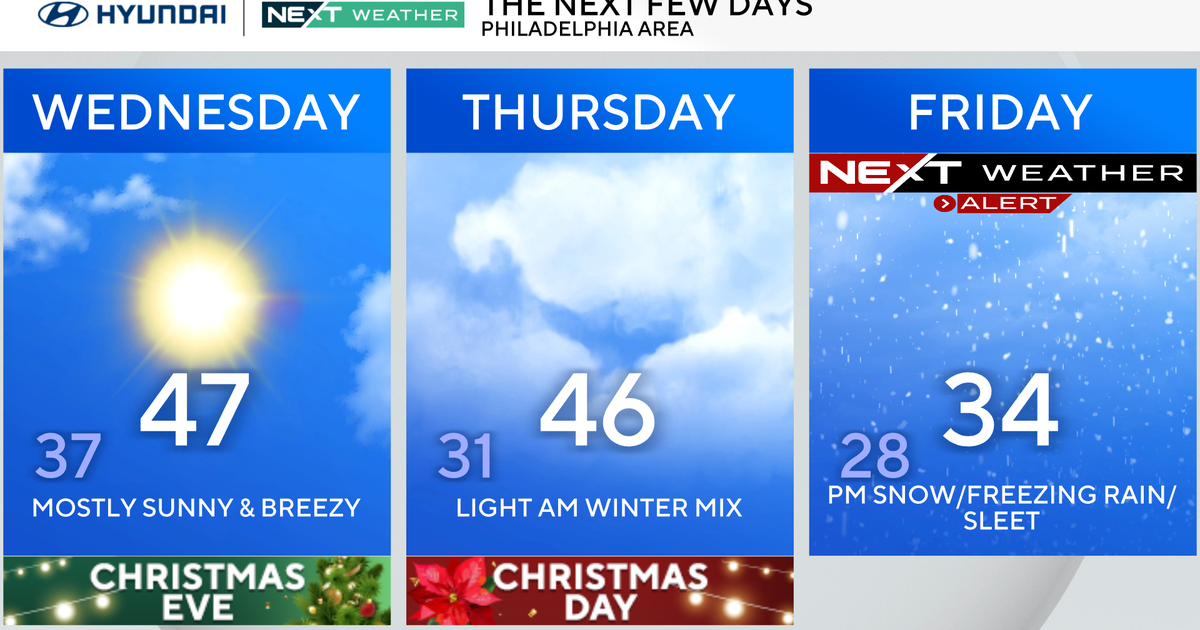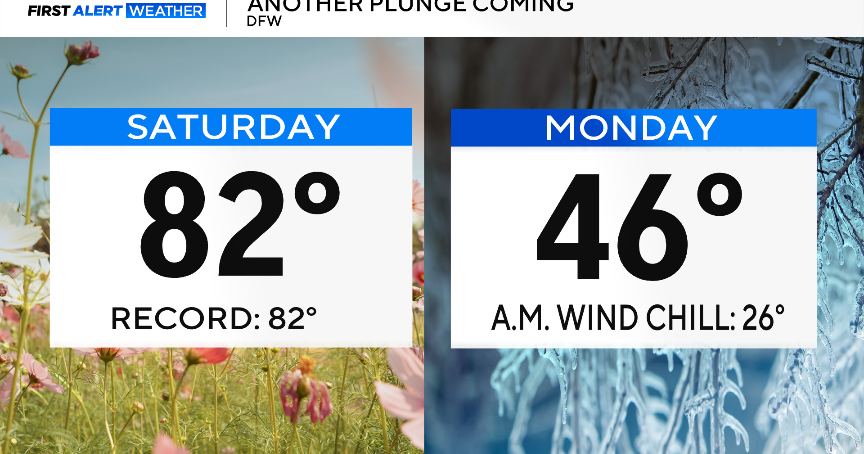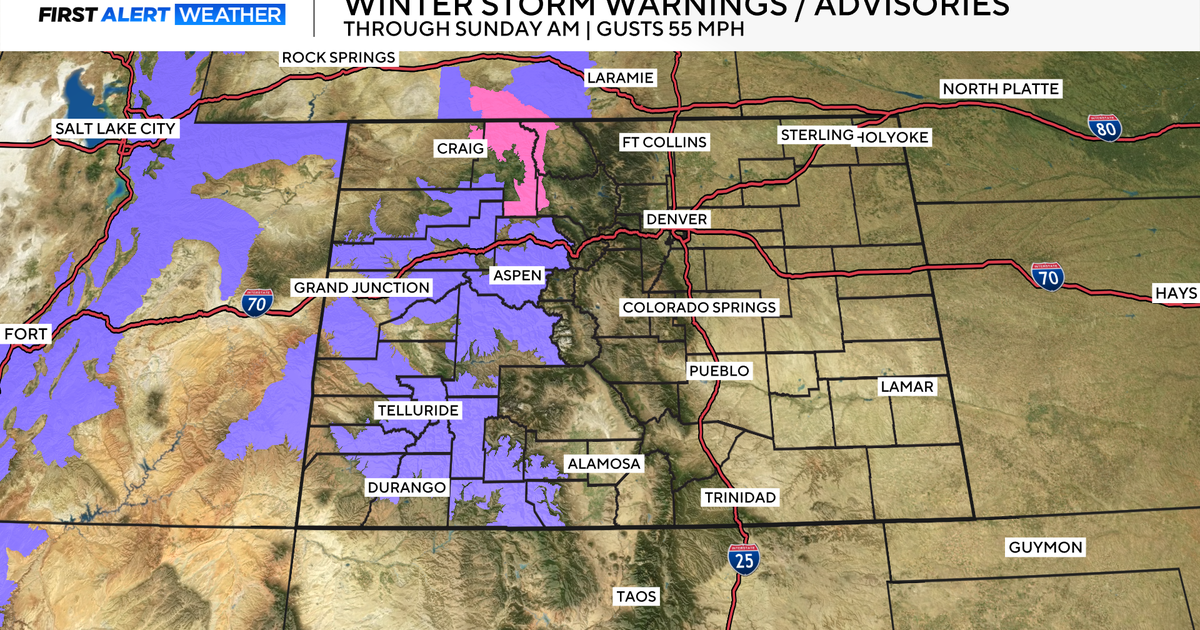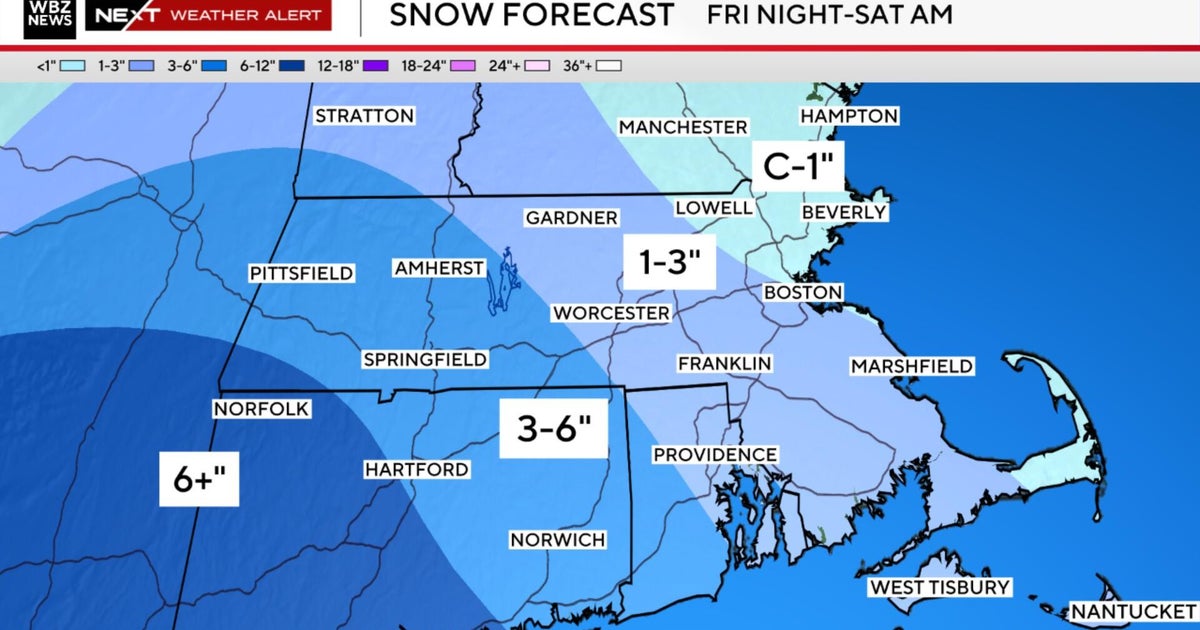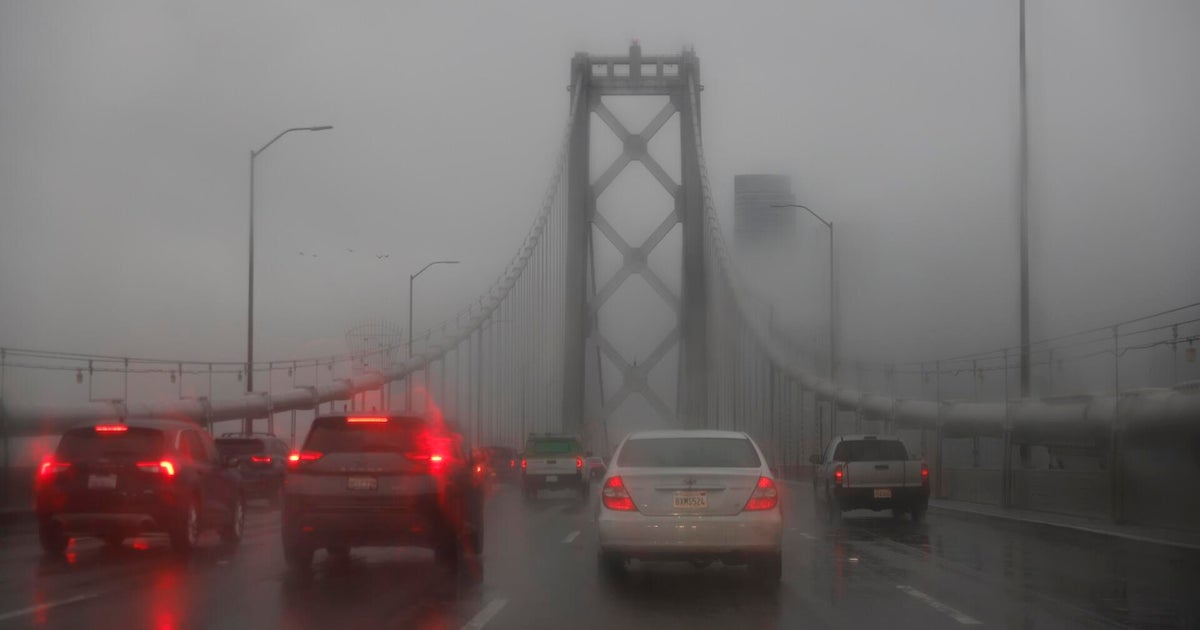Hey Ray: Weather bombs
PITTSBURGH (KDKA) - This is the time of year a meteorological term starts to emerge: Bombogenesis.
Bombogenesis sounds like a completely made-up word, I know, but it is a meteorological term. You may have heard this phenomenon described with other terms like "bomb" or "bomb cyclone."
Bombogenesis is the process where an area of low pressure drops its central pressure by 24millibars or more in 24 hours.
As pressure falls, storms intensify, and a system that drops this quickly can lead to quite a storm.
Bombogenesis leads to storm systems that provide very strong winds and very heavy precipitation that can be rain or snow.
Usually, though, it is to blame for big winter storms and blizzards.
These systems are most common between October and March.
This is the time of year when the sea surface temperatures are warmer than the surrounding air masses. When you have a large change in temperatures over a short distance, we call that a temperature gradient.
These large temperature gradients lead to rapid storm intensification. Oftentimes, these "bombs" lead to winter storms or heavy rain that is accompanied by winds that are 70 miles per hour or more.
That is hurricane strength!
Some of these bomb cyclones can become strong enough to develop an eye.
The Hurricane Hunters, the members of the US Air Force who fly into hurricanes to take important weather readings, fly into storms, too. This gives us more information for winter forecasts, just like it does during hurricane season.
While "bombogenesis" is fun to say, it is not fun to shovel up the snow they can provide!




